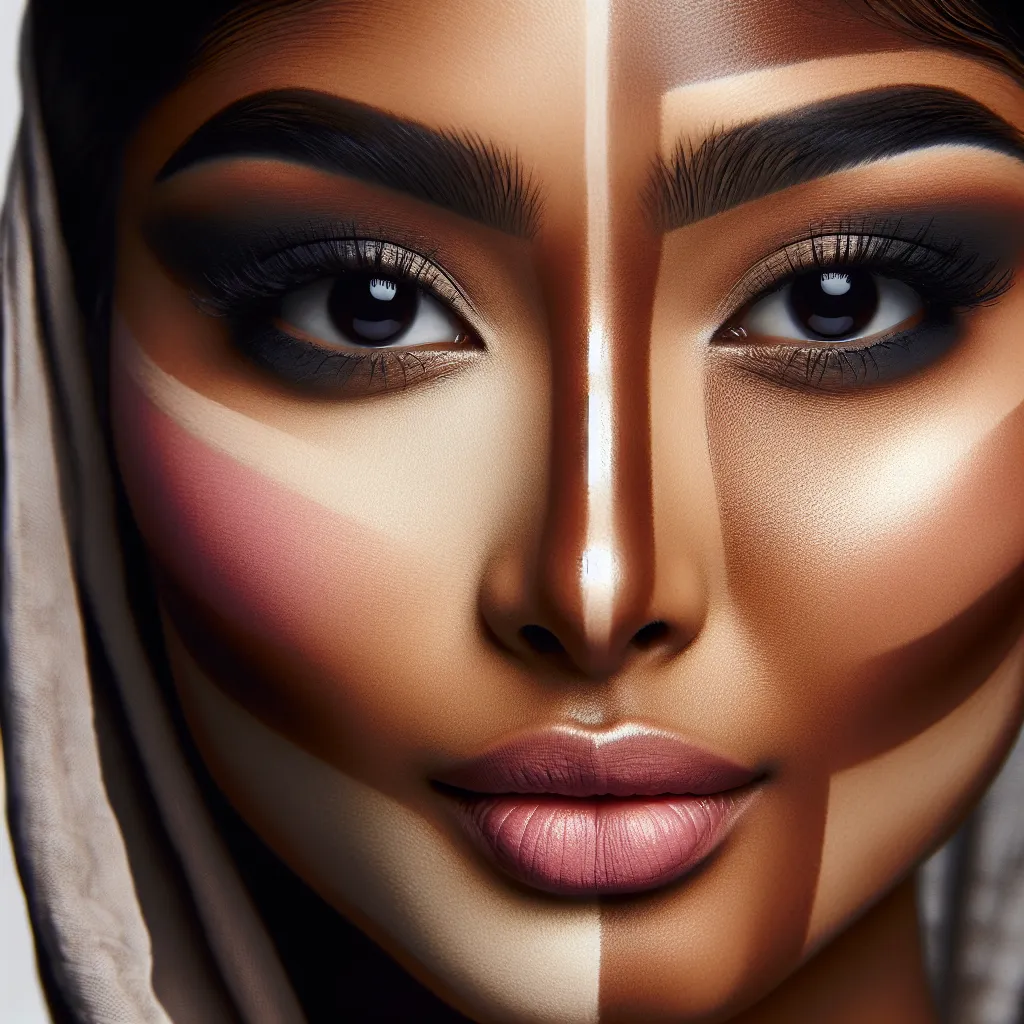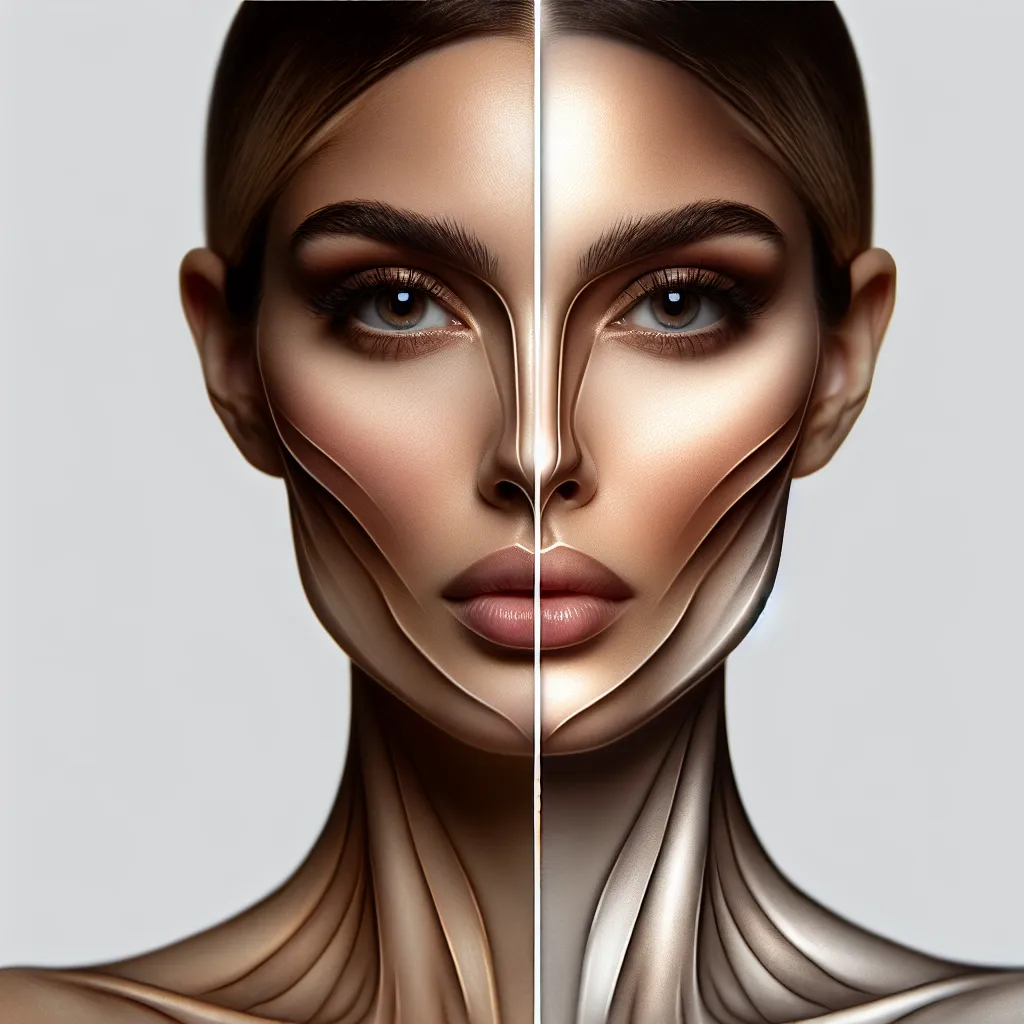Contouring Tips for Round Face Shapes
Contouring techniques can be a game-changer when it comes to enhancing and defining your natural face shape. For those with a round face shape, strategic contouring can help create the illusion of more defined cheekbones and a slimmer silhouette. When contouring a round face, it’s essential to focus on adding depth and dimension in specific areas to create a more angular look.
One of the key contouring tips for round face shapes is to apply a contour shade along the temples and hairline to add definition to the upper portion of the face. This helps to visually elongate the face and create a more balanced look. Additionally, applying contour along the jawline can help create the appearance of a more sculpted and refined jaw, adding structure to the lower half of the face.
When selecting a contour shade for a round face, opt for a cool-toned matte bronzer or contour powder that is a few shades darker than your natural skin tone. This will ensure a natural-looking shadow and avoid any harsh lines or unnatural color contrasts.
Blending is crucial when contouring a round face shape to achieve a seamless and natural finish. Use a soft, fluffy brush to blend the contour product thoroughly, focusing on creating soft transitions between the contoured areas and the rest of the face. Blending will help avoid any harsh lines and ensure that the contour appears subtle and natural.
By following these contouring tips tailored to round face shapes, you can accentuate your features and create the illusion of a more sculpted and defined facial structure. With the right techniques and products, contouring can be a powerful tool for enhancing your natural beauty.
Enhancing Angular Features with Contouring Techniques
Enhancing angular features with contouring techniques can help accentuate the natural bone structure and create a more sculpted look. For individuals with square or diamond-shaped faces, contouring can be used to soften harsh angles and create a more balanced appearance. By strategically applying darker contour shades along the jawline and temples, and blending towards the hairline, the angular features can be softened. Additionally, using a lighter shade on the high points of the face, such as the cheekbones and bridge of the nose, can further enhance the contrast and create a more defined look.
When contouring for angular features, it is important to blend the products seamlessly to avoid any harsh lines. Using a cool-toned contour shade can help create natural-looking shadows, while a carefully applied highlighter can bring focus to the desired areas. Experimenting with different contouring techniques, such as draping or strobing, can also offer unique ways to enhance angular features and customize the look to suit individual preferences.
Understanding the natural angles of the face and using contouring techniques to enhance them can be a transformative way to create a personalized and striking appearance.




